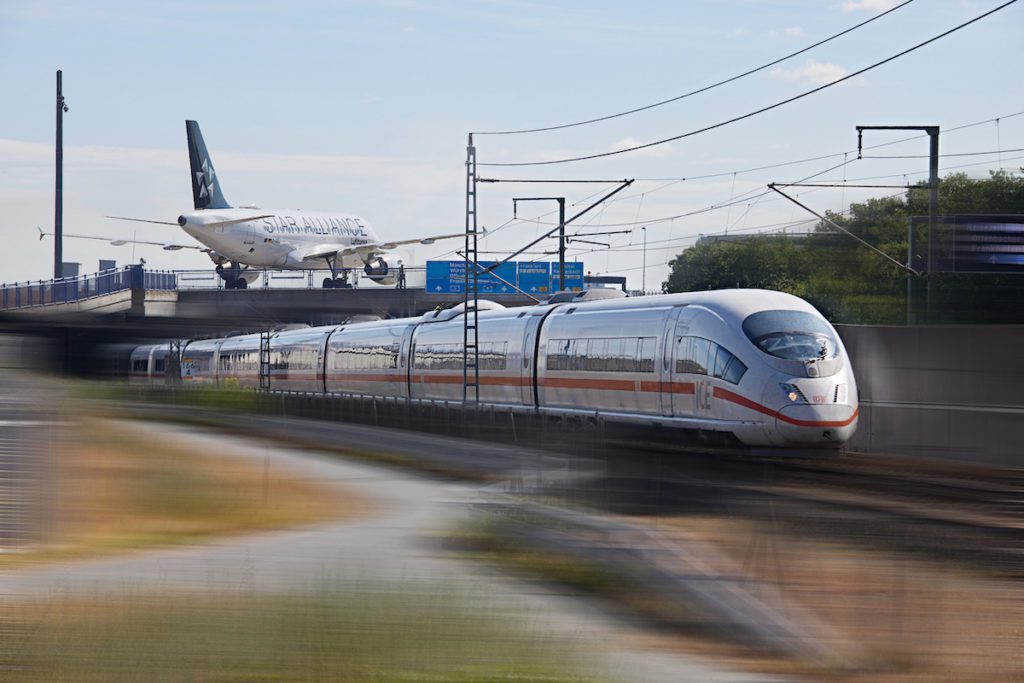German rail operator Deutsche Bahn saw demand for connections between its trains and flights operated by Lufthansa increase 25 percent last year. The increase comes after the railroad and airline expanded their partnership, including more direct trains to the Frankfurt airport, in 2021.
“Where aviation and rail cooperate, we record double-digit growth rates,” said Michael Peterson, the head of Deutsche Bahn’s long-distance rail division that includes high-speed ICE trains, on Monday. “Our expanded feeder services to the largest German airport in Frankfurt am Main are part of this success.”
While Deutsche Bahn did not release passenger numbers, it said demand for these joint air-rail itineraries — or travelers who book both a flight and train connection on a single ticket — fully recovered from the pandemic by October 2021, and then grew in 2022. The data does not include travelers who bought flight and train tickets separately.
Lufthansa has previously said that it sold roughly 575,000 joint air-rail tickets with Deutsche Bahn in 2019.

Increasing the use of rail and ground transport over flights is a big push in Europe’s efforts to cut carbon emissions. France has banned short flights on routes where trains can make the journey in two-and-a-half-hours or less, while airlines and rail operators in Belgium, Italy, the Netherlands, Spain, and Switzerland have all unveiled expanded partnerships in recent years. Deutsche Bahn, which has partnered with Lufthansa since the 1980s, even plans to join the global airline confab, Star Alliance, as its first intermodal partner.
However, major challenges remain, many related to the passenger experience and physical infrastructure. Wayfinding between flights and trains is limited at some airports, making the transfer experience potentially difficult for those unfamiliar with the process. And, outside of key high-speed rail routes in Western Europe, trains often take significantly longer than the flights they compete with.
Deutsche Bahn, in its statement Monday, highlighted the need for more infrastructure investment in order to expand the number of air-rail passengers. A new high-speed line between Munich and Stuttgart that opened in December will eventually link the Stuttgart airport, and the operator said a high-speed rail link to the Munich airport was needed in the future.
Tags: airlines, carbon emissions, deutsche bahn, germany, high-speed rail, lufthansa, star alliance